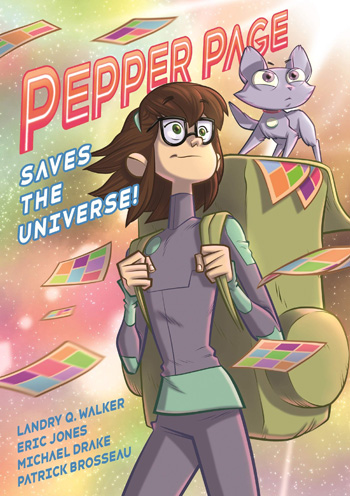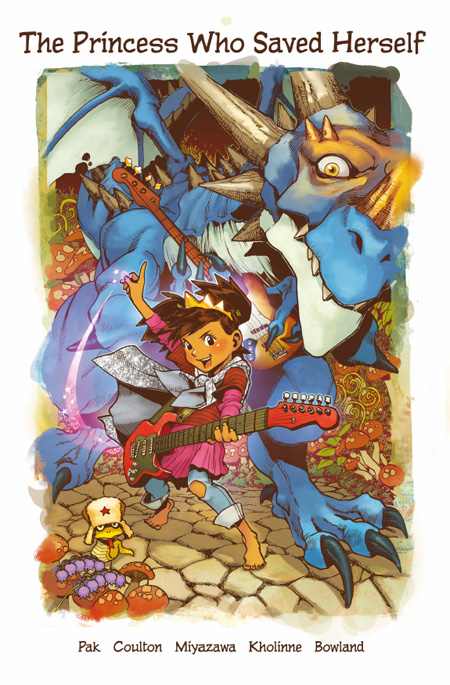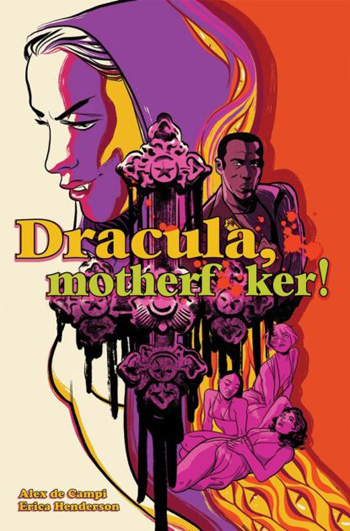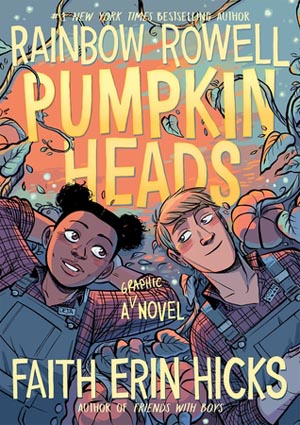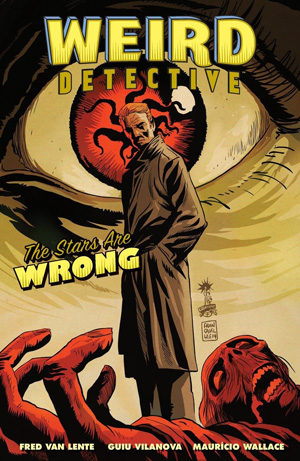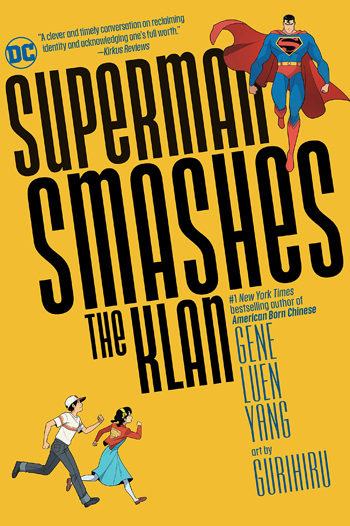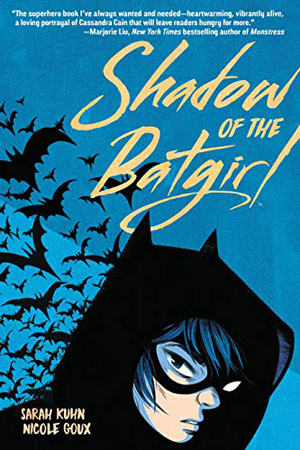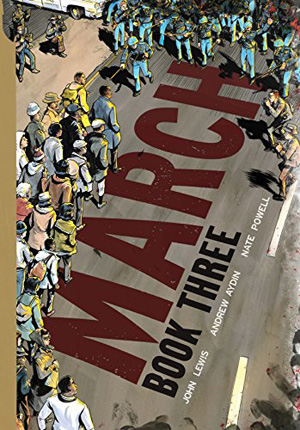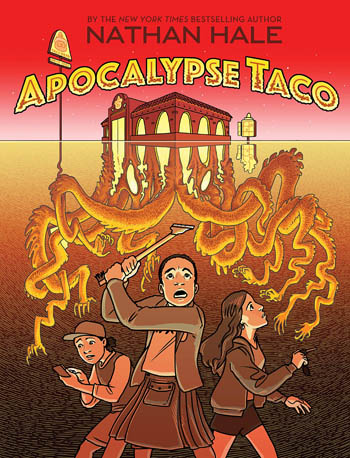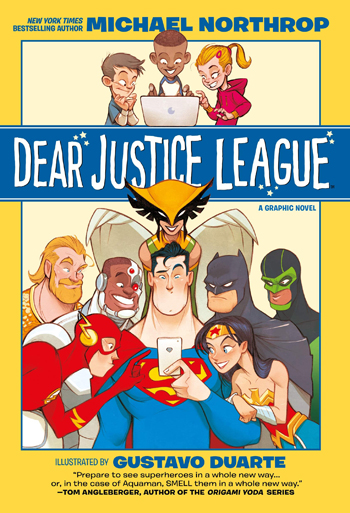Pure Pepper Power
When I heard this book was coming out, I got excited. I pre-ordered it as soon as I could, rejoiced when it finally arrived in the mail, and had to practice a lot of discipline to avoid reading the entire thing in a single sitting. Did it live up to the hype? Let’s look at Pepper Page Saves the Universe! by Landry Q. Walker and Eric Jones.
First of all — Walker and Jones — weren’t they the creators of Supergirl: Cosmic Adventures in the 8th Grade? Yes, indeed, they were, and when the team behind one of the most fun superhero comics in ages gets back together, you get whatever they’re making. This isn’t a pure clone of the Supergirl comics, no matter how much we might like to see that series continue, but it has some fun similarities.
We start out in the distant future where Pepper Page is a lonely 15-year-old orphan. She’s an awkward nerdy kid with only a couple close friends, Tally and Zola, and a deep, obsessive love for ancient comic books, especially about the superheroine Supernova.
But she’s got angry rivals, particularly the jock Strona, who’s furious with Pepper for constantly missing games of Holo-Ball. And she has to deal with an unfriendly teacher, Professor Killian, who’s pompous and sneering and maybe a liiiiiittle bit shady. So Pepper just doesn’t enjoy school at all. The only thing she wants to do is hang out with her friends and read her Supernova comics.
Things start to go really wrong one night when Pepper and her friends escape Strona and her bullies by hiding out in the school. They soon find Professor Killian in the midst of some sort of strange hyper-tech project — and cruelly experimenting on a stray cat! Pepper tries to intervene, but finds herself — and the cat — caught up in a field of quantum energy. Killian only expresses disappointment that she’s ruined his experiment, kinda proving that he’s a lot past just kinda shady — and then Pepper vanishes into the timestream.
And things get really weird at that point, what with the blasts of light, the gigantic voice of the cosmos, the furious blobs of evil eyeballs, and the all-seeing glowing heads — which tell Pepper that she herself is Supernova, that she always has been, that she always will be. But that couldn’t possibly be true, right? Right?
That’s right around the mid-point of the story — and beyond that be spoilers, so we won’t get into it.
Verdict: Thumbs up. Such a big thumbs up. This comic is just fantastic from beginning to end. I loved pretty much everything from first page to last.
The plotline is plenty of fun. It starts out with low-stakes, high school melodrama stuff, sometimes even moving downright slowly to make sure everyone gets the idea of how miserable Pepper’s life is, and by the time it crescendos up to the cosmic scale, things have gone way beyond high stakes — and it’s still a story of Pepper’s struggles. It’s just her struggles writ on a much wider scale. Plus there’s energy blasts and super-powered punches, so that’s pretty great, too.
Characterization is excellent, too, though the best developed characters are (obviously) Pepper and Mister McKittens, the hyper-intelligent, utterly droll cat who serves as Pepper’s personal sounding board and infodump generator.
The artwork by Eric Jones (and colors by Michael Drake and Pannel Vaughn) is absolutely spectacular. It’s got a lot of appealing cartoony qualities, but when it comes time for someone to get rocketed through space, to get blasted by quantum energy, to transform themselves, or to get thunder-punched clear across the city, that’s when the art jumps up to another level entirely, full of energy, motion, and power. It turns a thoroughly excellent and fun comic into a joyously, thrillingly exciting one.
Looking for a great comic to share with a younger reader? Looking for a great comic to share with a grownup reader, too? You’ll definitely want to pick this one up.
Comments off

